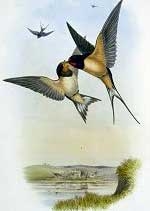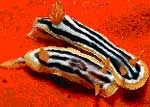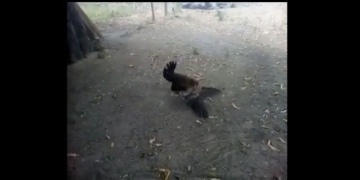The Red-headed Woodpecker uses its beak and feet to attack, driving the European Starling out of its nest upon discovering it sitting inside.
The Red-headed Woodpecker drives away the European Starling. (Video: Emily Tornga).
Emily Tornga, co-founder of the Sparrows Honor Association, captured footage of the Red-headed Woodpecker (Melanerpes erythrocephalus) pulling the European Starling (Sturnus vulgaris) out of its nest in a tree trunk in Michigan, as reported by Live Science on March 13. Initially, upon seeing the woodpecker, she did not think it was dealing with an unauthorized intruder.
“I thought I was observing the woodpecker cleaning its nest. But then, surprisingly, the starling appeared and the battle in the video ensued. I had never seen anything like this with this population of Red-headed Woodpeckers,” Tornga shared.
Both woodpeckers and starlings are cavity-nesting birds rather than building nests from gathered materials; however, starlings often invade the nests of other birds and harass the homeowners.
The European Starling is an invasive species in North America. Shakespeare enthusiasts released them in Central Park, New York City, in 1890, aiming to introduce all the bird species mentioned in his works to America. Starlings are aggressive and will attack and kill native birds along with their young once they target their nests.

The Red-headed Woodpecker fiercely defends its territory.
“Starlings are a significant issue for the Red-headed Woodpecker. I’m glad the starling left after this encounter,” Tornga said. She noted that after the battle, the woodpecker flew to the top of the tree and perched there for a while.
The Red-headed Woodpecker is known for its fierce territorial defense and is willing to engage in battles with other birds, including starlings. Despite this, the species has seen a 54% decline in population from 1966 to 2019, according to the North American Breeding Bird Survey. One of the primary reasons for this decline is the reduction in suitable nesting sites due to deforestation. “They nest in dead or dying trees in old-growth forests. Due to land development, their habitats are becoming increasingly difficult to find,” Tornga explained.





















































